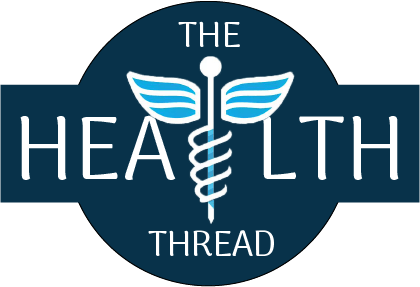Rising Heat and Our Minds: The Overlooked Link Between Climate Change and Mental Health

Written by Liza Nagarkoti , Public Health Researcher | Nutrition Specialist, BSc Nursing, MA(Nutrition), Project Officer (Health) LWF Nepal
In today’s world, where climate change is increasingly evident, the link between environmental changes and human health has become a crucial topic of discussion. One often overlooked but important aspect is how extreme heat affects our mental well-being. As global temperatures continue to rise, the effects of this heat on both our bodies and minds are becoming a serious public health concern (Khan et al., 2023).
When we are exposed to high temperatures for long periods, our bodies react by increasing our heart rate and sweating more to stay cool. While these responses help maintain our body temperature, they also have a surprising impact on our mental state. Research shows that prolonged heat exposure can heighten stress and irritability, while also disrupting our sleep—something that can lead to fatigue and trouble thinking clearly (Khan et al., 2023).
The physical impacts of heat on our health range from minor discomfort to life-threatening conditions. Dehydration, which happens when the body loses more fluid than it takes in, is one of the most basic ways heat affects us. This can start with simple thirst and dry mouth, but in severe cases, it can lead to confusion, disorientation, and even coma (Khan et al., 2023).
Recent studies underscore the strong link between extreme heat and mental health issues. For example, one study found that hospital admissions for mental and behavioral disorders increased during heatwaves. Aguglia et al. discovered that the risk of being hospitalized for mood disorders like depression and mania went up by about 40% during these periods of intense heat (Khan et al., 2023).
Another study by Hu et al. highlighted that suicide rates also rise as temperatures climb. They found that for each 1°C increase in average monthly temperature, suicide rates increased by 1% (Khan et al., 2023). Long-term exposure to high temperatures can worsen existing mental health issues or even spark new ones. Moreover, it can affect our ability to remember things, stay focused, and think clearly (Khan et al., 2023).
In Adelaide, South Australia, Hansen and colleagues (2008) looked at how heatwaves impacted hospital admissions and deaths linked to mental, behavioral, and cognitive disorders from 1993 to 2006. They reported a 7.3% rise in hospital admissions for mental health conditions when temperatures went above 26.7°C. This included conditions such as dementia, mood disorders, stress-related issues, and developmental disorders (Lõhmus, 2018).
Excessive heat during everyday activities can also lead to dehydration and physical health problems like heat exhaustion, cramps, or even heat stroke. Beyond these physical effects, heat stress has been shown to worsen mood and psychological distress, while also reducing key aspects of mental performance (Tawatsupa et al., 2012).
Given these findings, it’s clear that proactive strategies to manage heat stress can go a long way in supporting mental wellness. This means not just focusing on physical comfort but also paying close attention to how heat affects our minds and taking steps to reduce these risks.
In conclusion, as our climate continues to warm, addressing the mental health impacts of heat exposure is crucial for public health efforts. By recognizing the connection between extreme heat and mental well-being, and implementing measures to reduce heat stress, we can better protect both our physical and mental health in the face of a changing climate.
REFERENCES
- Khan Rony, M. K., & Alamgir, H. M. (2023). High temperatures on mental health: Recognizing the association and the need for proactive strategies—A perspective. Health Science Reports, 7(3), e1729. https://doi.org/10.1002/hsr2.1729
- Lõhmus, M. (2018). Possible biological mechanisms linking mental health and heat—A contemplative review. International Journal of Environmental Research and Public Health, 15(7), 1519. https://doi.org/10.3390/ijerph15071519
- Tawatsupa B, Yiengprugsawan V, Kjellstrom T, et al (2012). Heat stress, health and well-being: findings from a large national cohort of Thai adults. BMJ Open ;2:e001396. doi:10.1136/bmjopen-2012 001396
- Motesaddi Zarandi, S., Yarahmadi, R., Nasiri, R., Bayat, M., Nasiri, H., Amini, A., Motlagh, M. E., & Rasoulzadeh, H. (2021). Impact of climate change on adipose-derived stem cells: A molecular and histological study. Environmental Research, 197, 111001. https://doi.org/10.1016/j.envres.2021.111001
